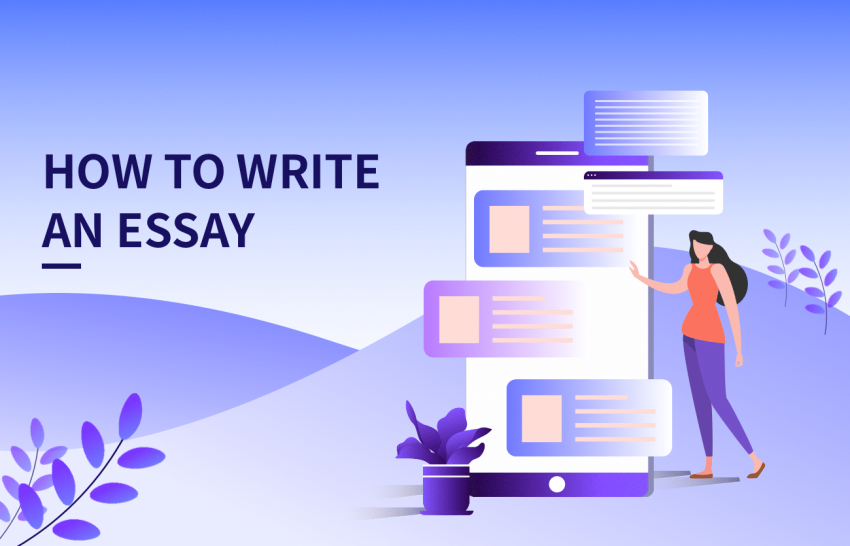An essay is a creative work of reasoning in which the author tells the basic essence of the scientific problem under consideration and offers argumentative ways to solve it. The recommended form of presentation of the text – a question-answer using a number of homogeneous members of the sentence, introductory words (can be slightly modified – depends on the direction of research). What should a well-written essay include? In this article, we will answer the question.
Writing an essay is necessary to develop creative thinking, to find an actual solution to the problem posed. Essays are also often part of entrance exams. If you have difficulties with this task, you can buy custom essays online.
What else is useful about essay writing?
- Competent, concise formulation of the author’s thoughts on the topic of the paper.
- Creating logically-connected structural units of the document.
- Using several categories of analysis when selecting the required literary sources.
- Constructing cause-and-effect relationships.
- Illustrate available concepts with appropriate visual aids.
- Justifying one’s own conclusions on the basis of the information presented in the essay.
- Using the basics of scientific style of speech in writing.

What should be contained in the text of the paper
The author states in the essay the essence of the problem posed, relying on the results of an independent analysis of the issues under consideration. To get the best results, it is allowed to use appropriate concepts, analytical tools, appropriate within the framework of the studied direction.
The rules of creating the text of the essay:
- each paragraph of the document corresponds to one main author’s thought;
- the generalizing conclusions indicate the author’s position on the solution of the problem (the use of plagiarism, thoughtless copying of the thoughts of third-party researchers is strictly prohibited);
- depending on the direction of the research and the theme of the essay, the document may contain information about the used statistical data, analysis of the problem with a detailed analysis of the available examples, etc;
- composing a literate written text;
- identification of cause-and-effect relations;
- structure the information studied;
- proving your own point of view using various examples.
How to write a college narrative essay: general guidelines for structure
Writing an essay consists of 7 main stages: studying the terms of reference, defining the topic in question, collecting the required information, working through the main statement, drawing up the future structure of the document, and composing a draft.
Introduction
In the introductory part of the essay, the reason for choosing the topic in question is justified, the essence of the direction is revealed. The main task of the author is the correct formulation of the main question, the solution of which is planned to be found in the specified document.
Main part
In the text of the main part, the author gives answers to the raised questions on the research topic. Each paragraph consists of four main parts – it is the thesis, its proof, illustrations on the issue under consideration, mini conclusion, summarizing the study of the direction. For an argumentative, logically-connected presentation of your own thoughts, it is recommended that the student use more subheadings. This approach will help to comprehensively cover all the points necessary for a complete study of the objective. You should also find out: how long should a body paragraph be in an essay? This will help you to get perfect paper.

What kind of information will help you compose a draft for the main body of the essay?
- The current state of affairs in the branch of knowledge you are studying.
- Who are the professionals involved (possible options – research scientists, pharmaceutical companies, scientific organizations, etc.).
- What are the main difficulties/contradictions underlying the problem in question.
- Methods for solving the problem proposed by the author of the essay: search for new solutions, detailed review of existing “gaps” in the industry under consideration, analysis/classification of theoretical concepts, identification of new algorithms/ways to implement the proposed technology, etc.
- Description of the advantages/disadvantages of new solutions in comparison with existing methods of eliminating the problem.
Conclusion
This part of the document contains reasoned conclusions, generalizations on the topic of work. The author describes the results obtained and gives recommendations, advice on further application in the theory/practice of the discipline under study. If you have difficulties with this task, use the website.


